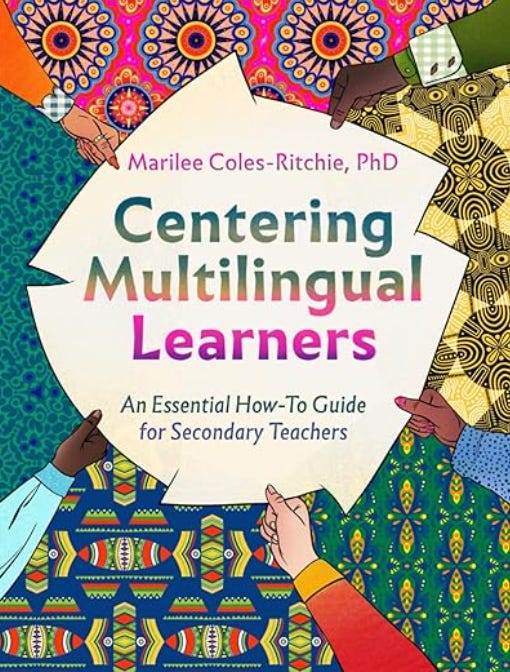Simple Shifts for Multilingual Learners
Try them tomorrow!
Every teacher knows a child who could slip through the cracks. It’s not because they lack ability, but because school wasn’t built with their voice in mind. For multilingual learners, this is a daily reality.
Here’s the good news: You don’t need to overhaul your entire curriculum to make a difference. Small, intentional shifts can change the game.

Try This Tomorrow: The Language Lens
Before your next lesson, pause and ask:
What opportunities will my multilingual students have to speak, write, and be heard today?
Here are some ideas that don’t take too much time!
Pair students for a 2-minute “turn and talk” before whole-class discussion. This lowers the stakes, gives multilingual learners time to practice ideas, and makes it more likely they’ll contribute when you open it up to everyone.
Offer a sentence starter (for example, “One thing I notice is…” or “A question I still have is…”). Scaffolds like these help students avoid getting stuck on how to begin, allowing them to focus on content rather than just form.
Invite students to share in their home language first, then translate with a peer. This honors the full range of their linguistic knowledge and lets them think deeply without being limited by English. It also validates their identity, showing that their home language is an asset in your classroom.
These shifts widen access and affirm that every student’s voice belongs in the room.
Why It Matters
When Multilingual Learners are positioned as knowledge-holders and not just language learners, they engage more deeply, and their peers learn more too. Centering their voices isn’t just “good for them,” it’s beneficial for everyone.
Reflection for You
What’s one place in your week where you could build in a small moment for multilingual learners to speak, share, or shine?
(This idea is adapted from Chapter 1 of my book, Centering Multilingual Learners: An Essential How-To Guide for Secondary Teachers. If you’d like more ready-to-use strategies, you can find it here.)
Like and share!







